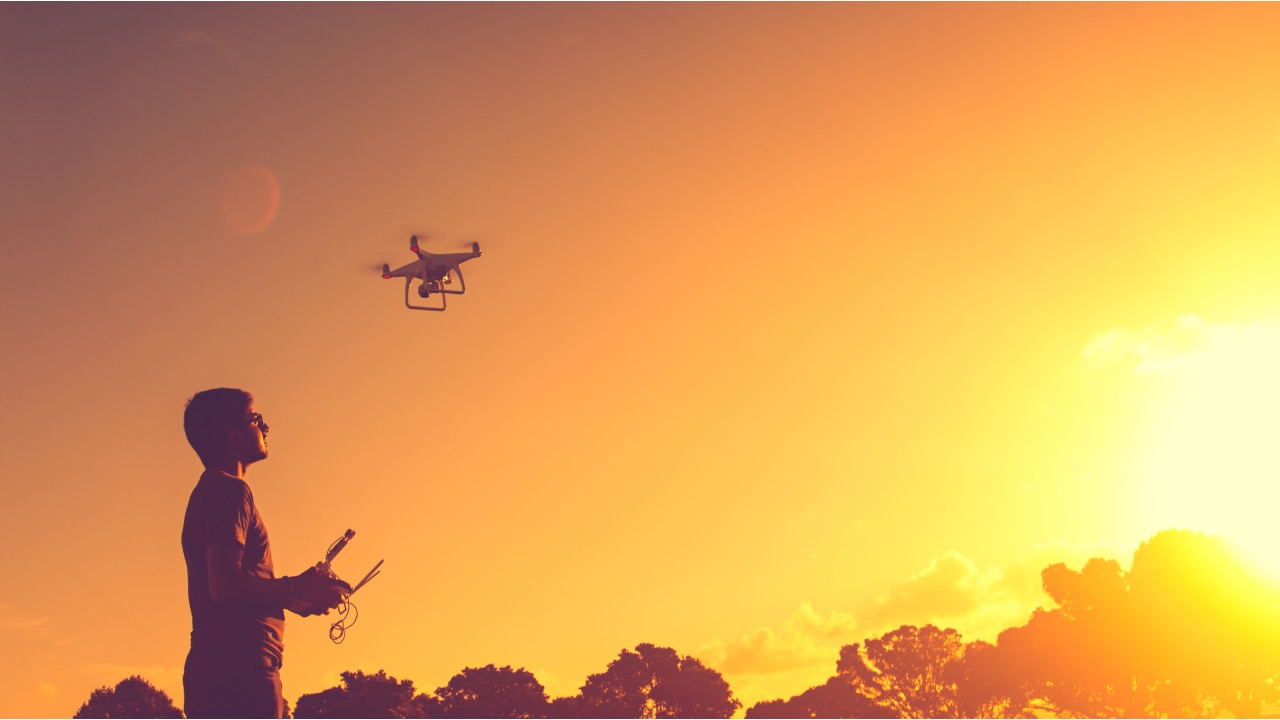How to use drones responsibly in Kakadu

Drones have transformed conservation and land management over the past decade, making it easier than ever to collect high-quality data. But like all new technologies, they come with new ethical quandaries – particularly when used on country managed by Indigenous Australians.
A group of researchers, Jawoyn Traditional Owners, and Indigenous Rangers, have addressed this with an Indigenous-led project to develop guidelines for responsible drone use in Kakadu National Park.
The group first began to develop these guidelines while thinking about ways to monitor the ecology at Kakadu.
“While we were there, we were working out ways for how we might monitor indicators of healthy country before and after management actions,” says Dr Jennifer Macdonald, a postdoctoral researcher at Charles Darwin University and the CSIRO, and lead author on a paper describing the protocols published in the Journal of Responsible Innovation.
“We started talking about using drones to see how country was responding before and after cool early season fire management. And through these conversations, we realised that there was a need to make sure that the drones were used in a way that ensured that Traditional Owners had control over when and where [they] were being used and how they could best benefit local people.”
While drones (and other technologies like motion sensors and video cameras) can be a useful supplement to Indigenous land management, they can also be used disrespectfully or irresponsibly.
“Traditional Owners were really keen to use drones, they could see some great potential particularly for young people to learn skills,” says Macdonald. “There were young people really excited by the thought of using this technology and were keen to see the kind of data that we could collect.
“But they were also concerned about some things. There were some concerns raised about where the drones fly and the fact that they might be able to see some restricted sites, especially gendered sites.”
The researchers (who represented CDU, the University of Western Australia and CSIRO), have spent several years working with Traditional Owners to manage research done in Kakadu (forming the Indigenous-led Kakadu Indigenous Research Steering Committee).
As part of this, the Jawoyn Traditional Owners spent a two-day workshop with the researchers at Jarrangbarnmi in 2019, where they worked out protocols for drone management.
“We had a number of informal workshops that were led by Traditional Owners to make sure that everyone was welcome on country, and then we had a number of conversations where we talked through things like drone regulation, how the technology works, and then a workshop where we developed the protocols together,” says Macdonald.
The protocols are described in full in the paper, but fall under three aims: (1) empowering Indigenous governance, (2) developing ethical and trusted research relationships, and (3) enabling ongoing Indigenous-led technological innovation.
“Traditional Owners should be on country when drones are being used, and they should determine where they fly and what drones look at,” says Macdonald, in summary. “And young people should be able to use the drones to get benefit out of the use of that technology on their country. And in the future, the data that the drones are collecting needs to be cared for and governed by Traditional Owners.”
The researchers believe that the guidelines, while Kakadu-specific, could be used as a framework for developing guidelines in other places.
“People could see if the rules that we’ve come up with resonate with how they’re hoping to regulate drones as well,” says Macdonald.
The project was funded by the Northern Australia Environmental Resources Hub of the Australian Government’s National Environmental Science Program.
Image credits: Getty Images
This article was originally published on cosmosmagazine.com and was written by Ellen Phiddian.
